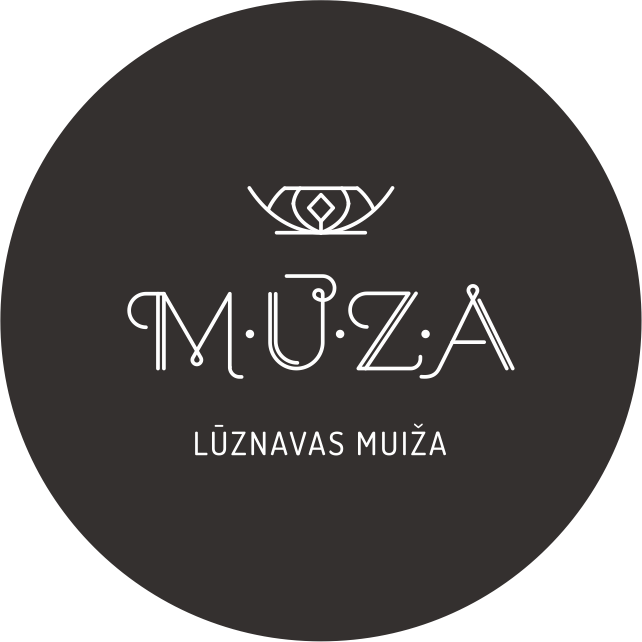FEVERFEW
Latvian: zeltpīpenīte meiteņu
German: Mutterkraut
Swedish: mattram
Estonian: lõhnav neitsikummel
Lithuanian: vaistinis skaistenis
Russian: пижма парфенийская
DESCRIPTION
Perennial, medium-sized (ha 30-70 cm) annual plant of the sedge family. The plant
has a specific smell. The stem is erect, usually bare, abundantly branched at the top,
often with a brownish-red hue. The leaves on the stem are alternate, divided in tufts,
the shape of the plate is ovoid (ga 5-10 cm, width 2.5-4 cm). The tufts are elongated,
the edge is serrated. Flowers in small baskets (width 1.3-2 cm) in umbel-shaped or
shield-shaped inflorescences at the end of the stem and branches. Leaflets in
several rows, hairy, edge fringed. On the outer edge of the kurvish there are white,
short tongue flowers, in the center yellow tubular flowers. Fruit - spindle-shaped
testicle. Blooms from the end of July to September.
DISTRIBUTION
A species originating from South-West Asia and the Balkan region, cultivated widely
in Europe; has gone wild in many places.
A fairly common cultivated plant in Latvia, a rare garden escapee.
HABITATS
Individual specimens on garden edges, weeds and landfills.
SPECIAL INDICATIONS
Decorative plant.
Spread.
Grows in the Balkan Peninsula, Anatolia, Caucasus mountains, rocky slopes,
abandoned fields and mountain thickets.
ECOLOGY
15-50 (80) cm high perennial plant. Hardy. Grows in sunny places. Grows best in
drier, permeable soils, Tends to grow wild.
MORPHOLOGY
Trunks erect, branched. The leaves are usually ovate, light green, tufted, with
transparent glandular spots. The flowers are arranged in baskets, the tongue flowers
are white or pink, the tubular flowers are yellow, the inflorescences are 1 - 2.2 cm in
diameter, in a shield-shaped inflorescence. Blooms in July - September.
USE OF
Non-toxic and grown as an ornamental plant. Today, the plant is used to produce
medicine to treat headaches.
Meiteņu zeltpīpene - Meiteņu zeltpīpene (Tanacetum parthenium) - redzet.eu
Augu katalogs ir tapis ar Eiropas Savienības finansiālu atbalstu Pārrobežu sadarbības programmas 2014.–2020. gadam projekta LVIII-062 “Versts of Feelings 2” ietvaros


